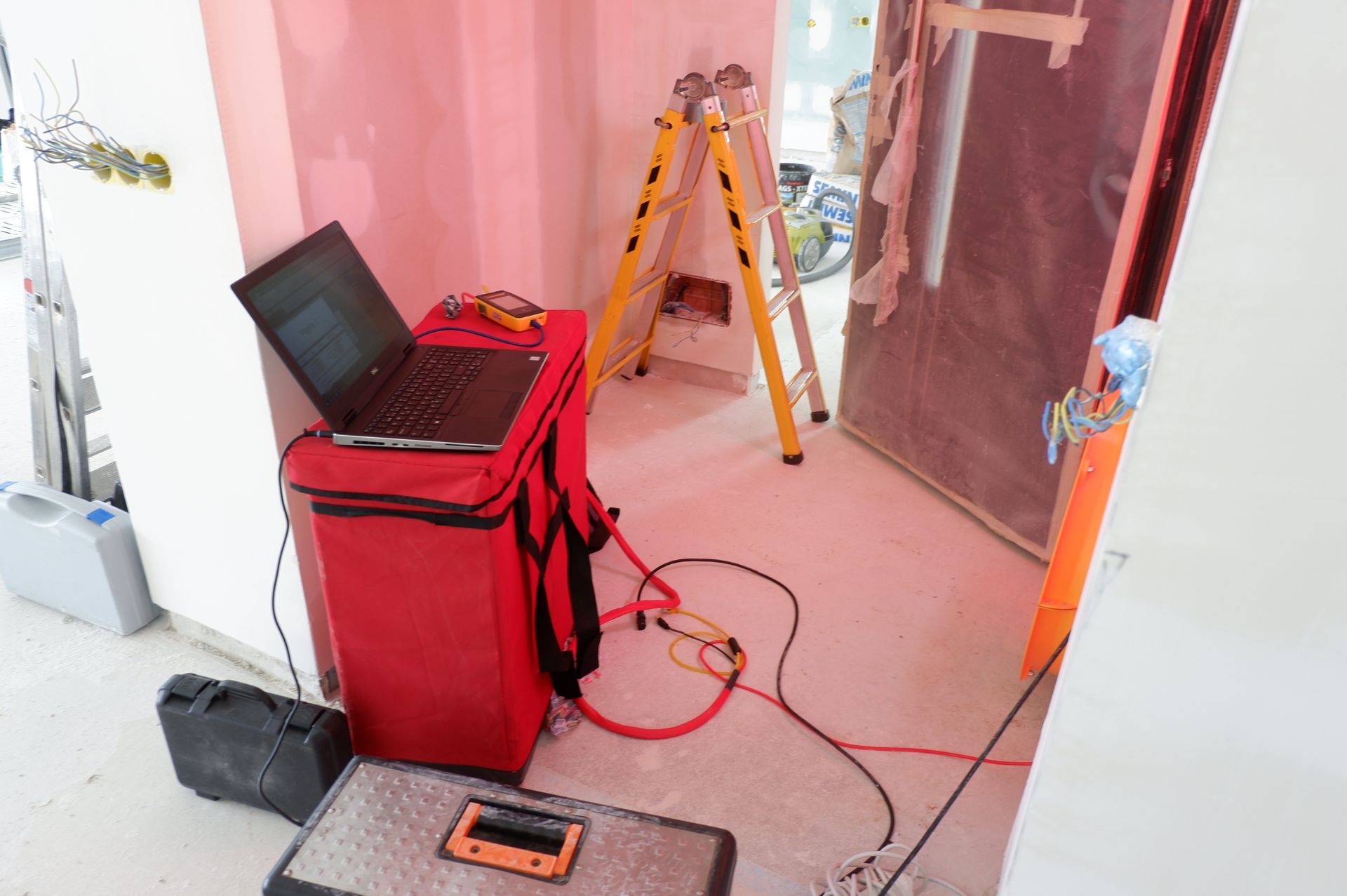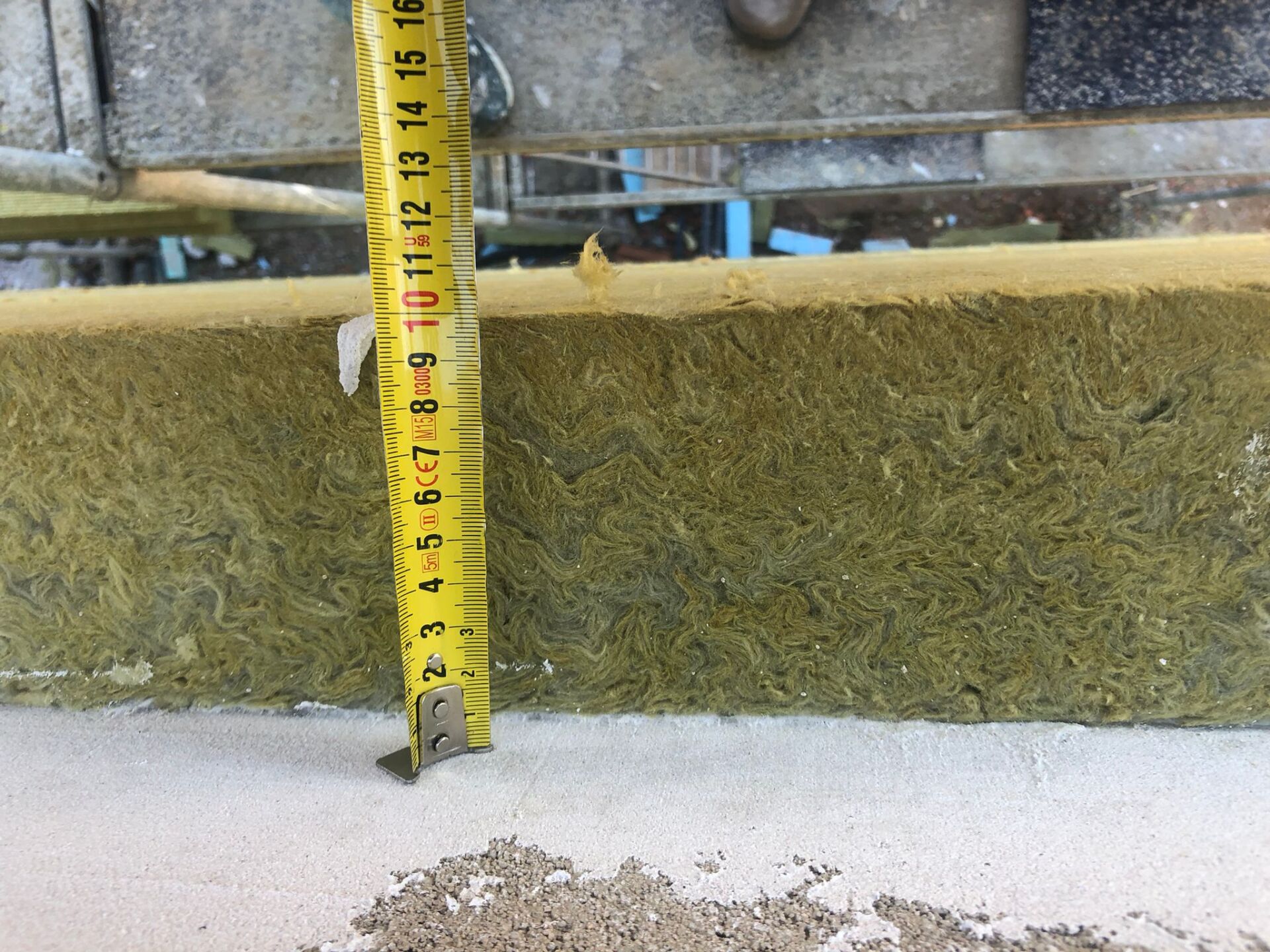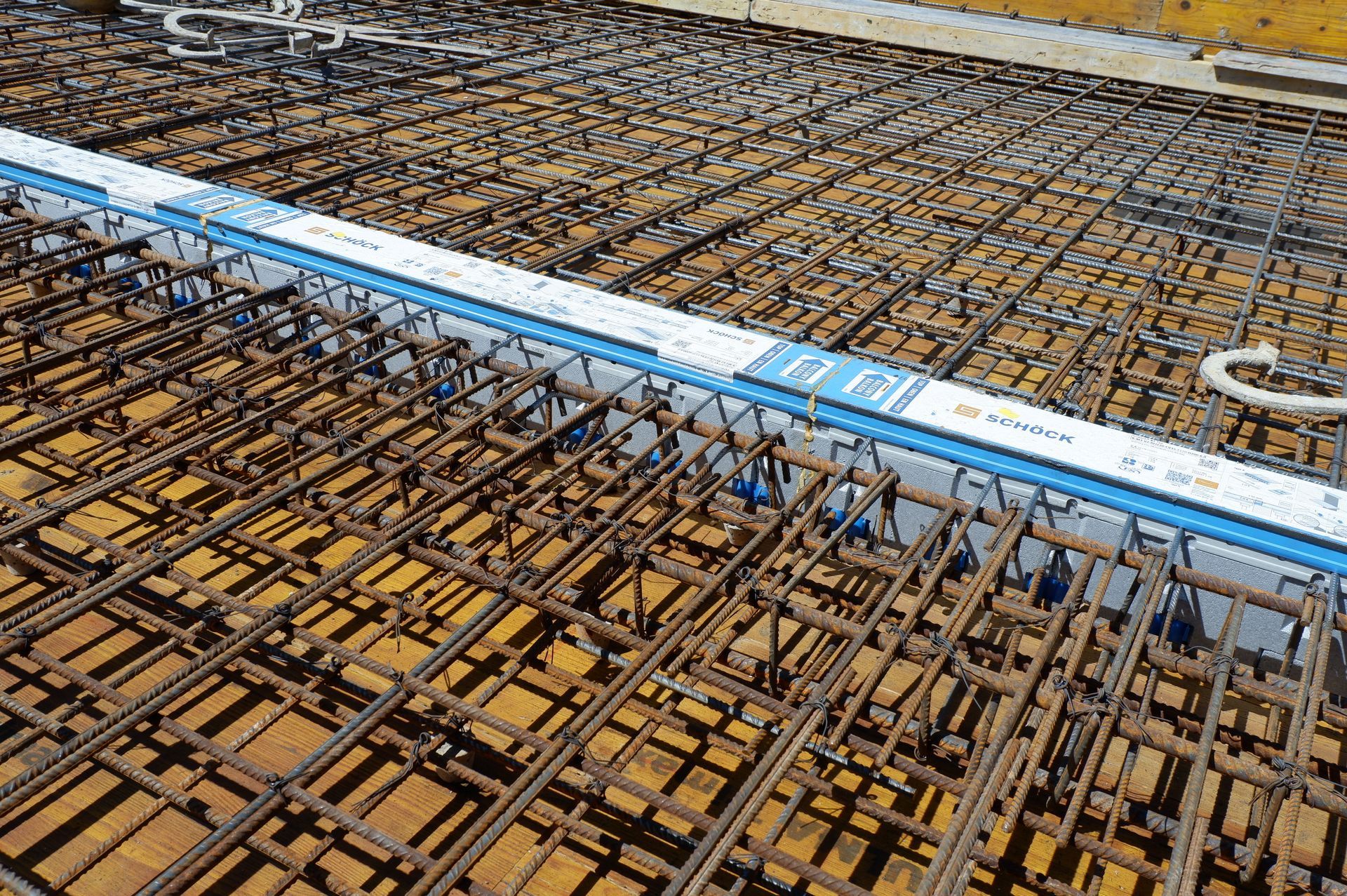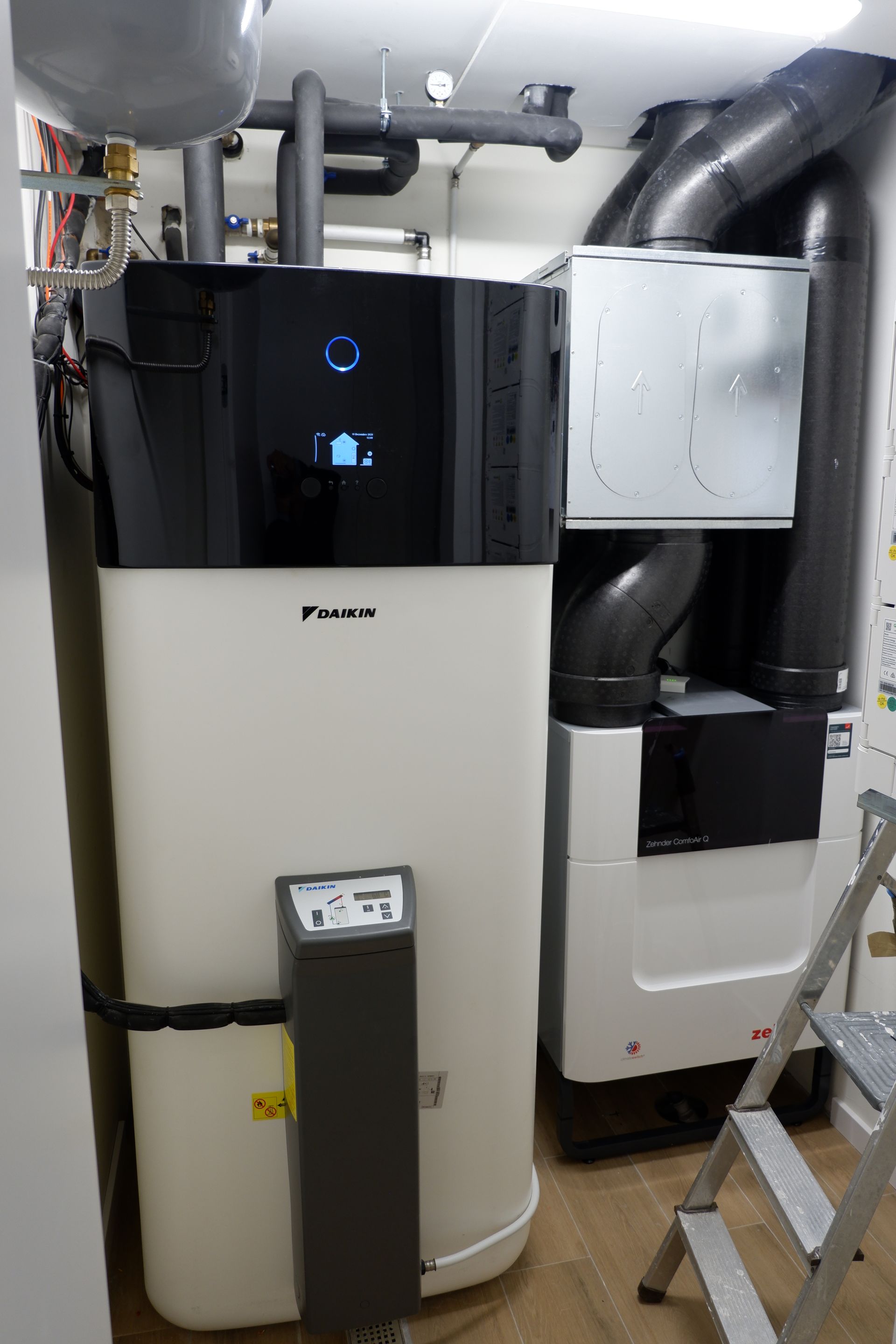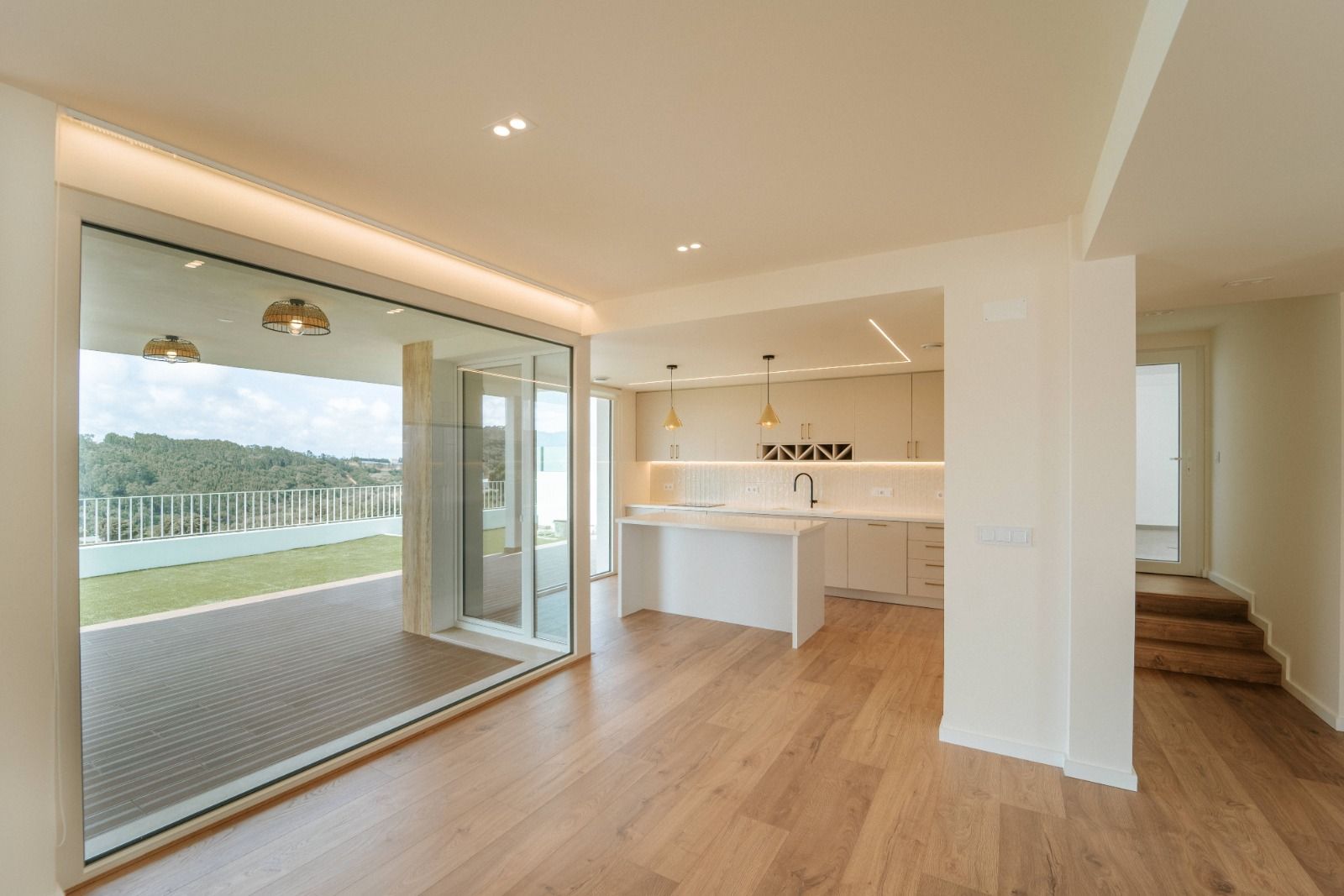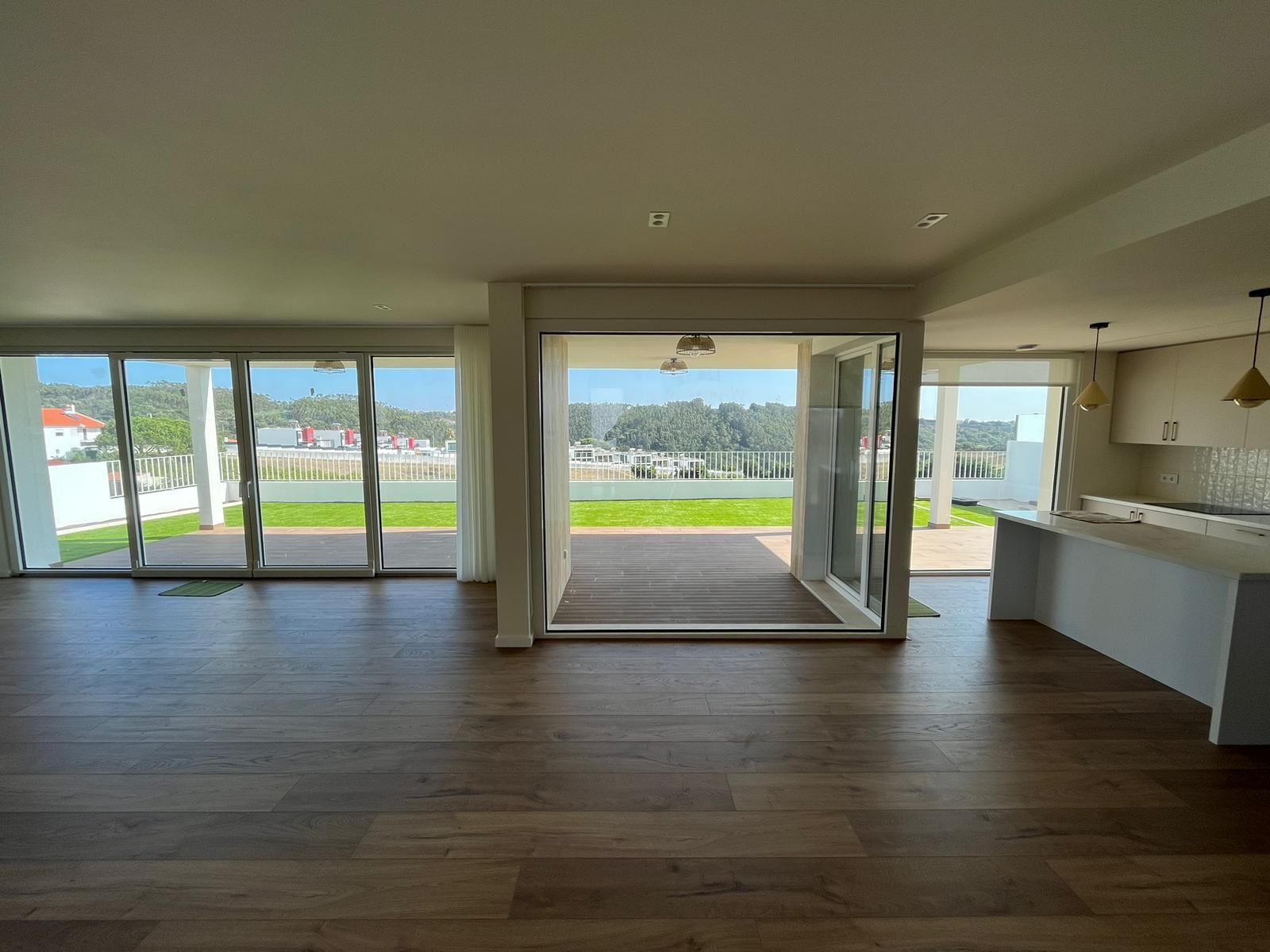Is Solar Orientation Important?
Bioclimatic thinking
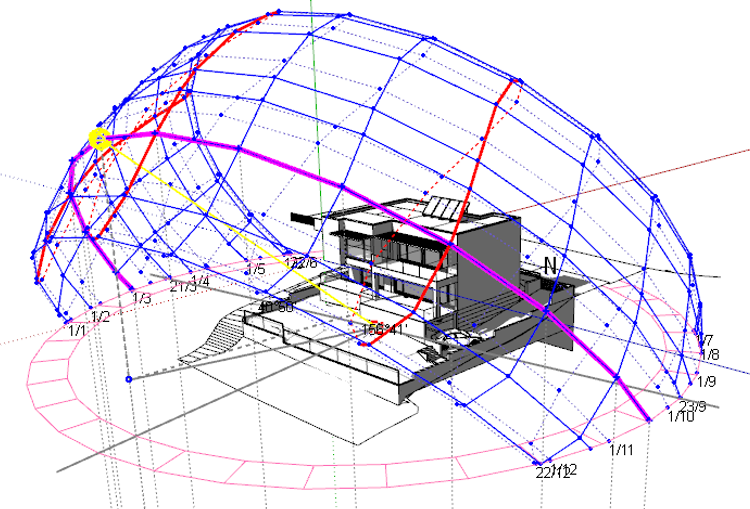
Solar orientation—or more precisely, the optimisation of solar gains—is not explicitly listed among the five core principles of the Passive House Standard. However, it is implicitly embedded in all of them. And this is precisely where Passive House meets bioclimatic architecture.
Bioclimatic architecture is based on adapting the building to its climate in order to enhance comfort and minimise energy use. In that sense, Passive House can be seen as a rigorous, performance-based evolution of bioclimatic design. The difference is that what bioclimatic principles suggest, Passive House measures and verifies.
Solar orientation plays a central role in this synergy. When we design with the sun in mind—maximising passive gains in winter and protecting from overheating in summer—we directly impact the building’s energy balance and the user’s thermal comfort.
This design strategy interacts with every Passive House principle:
- Thermal insulation: Orientation enhances insulation performance by balancing heat gains and losses.
- Airtightness: A well-oriented envelope retains solar heat longer, improving energy efficiency.
- Thermal bridge-free design: Strategic detailing ensures no unwanted gains or losses at junctions.
- High-performance windows: Orientation determines glazing areas, shading strategies, and solar gain coefficients.
- Mechanical ventilation with heat recovery: Reduced heating and cooling loads make the ventilation system even more effective.
So while orientation isn’t listed as a standalone principle, it is a cornerstone of Passive House when approached through a bioclimatic lens.
In other words: solar orientation is not just relevant—it is fundamental when Passive House design is integrated with bioclimatic thinking.







